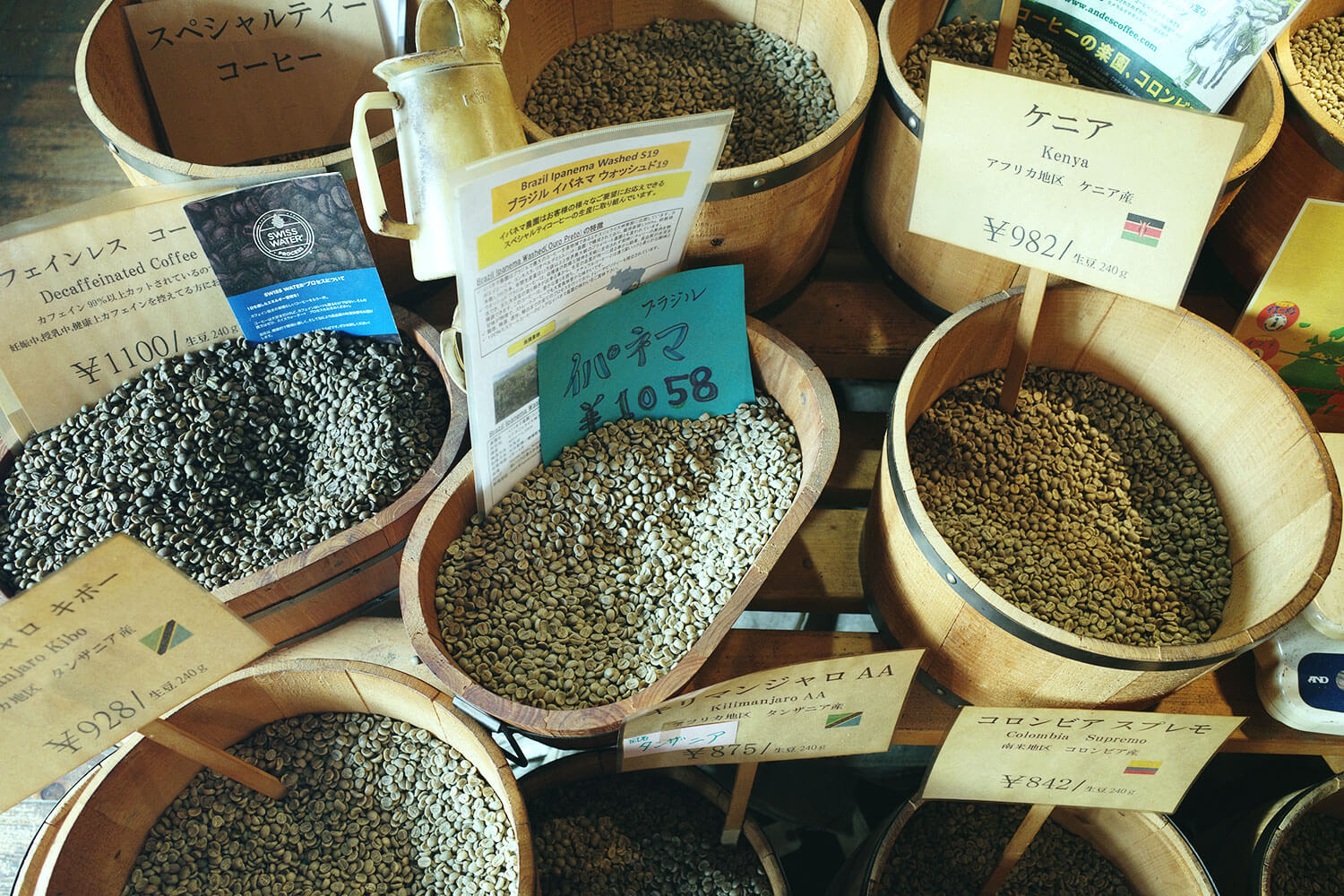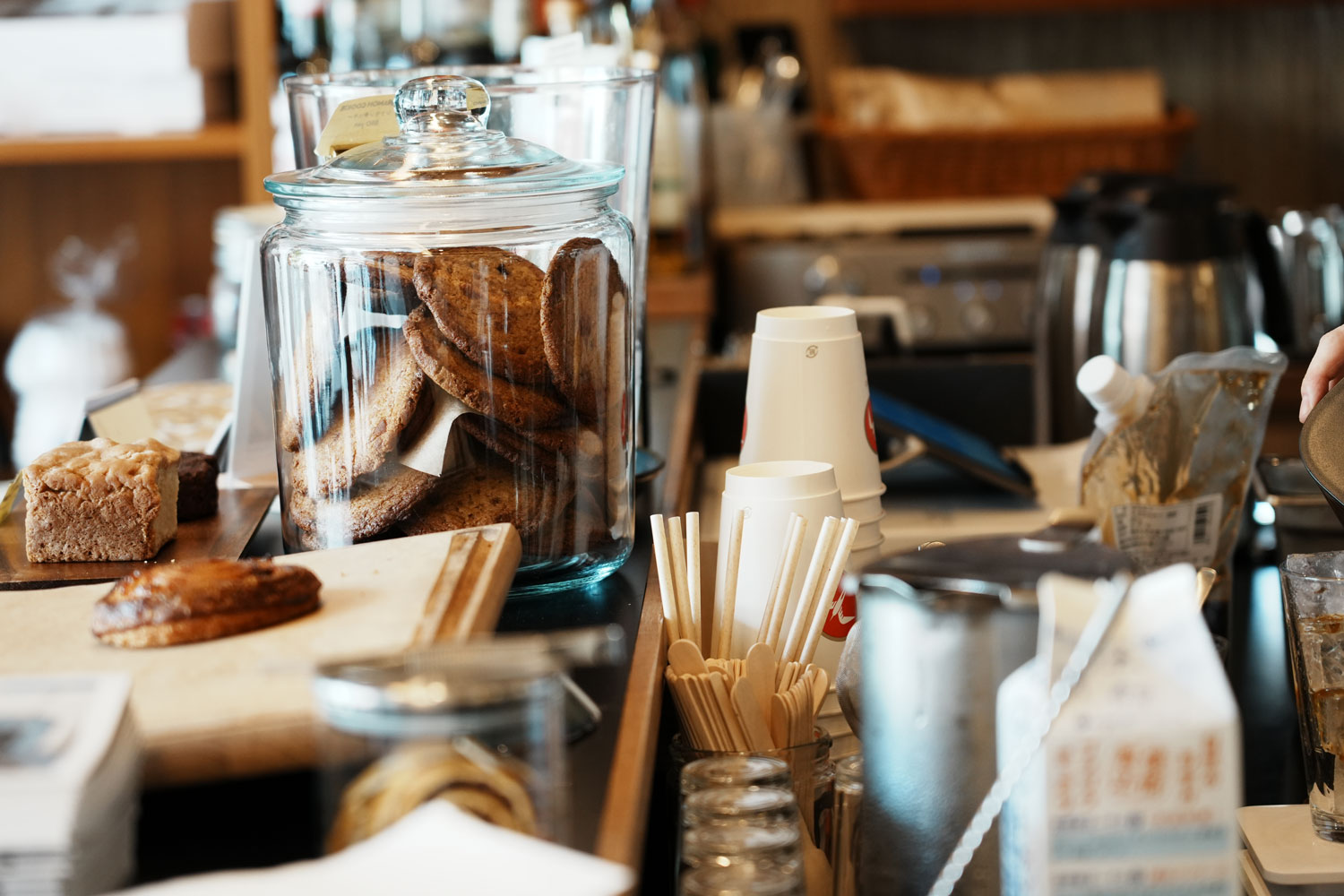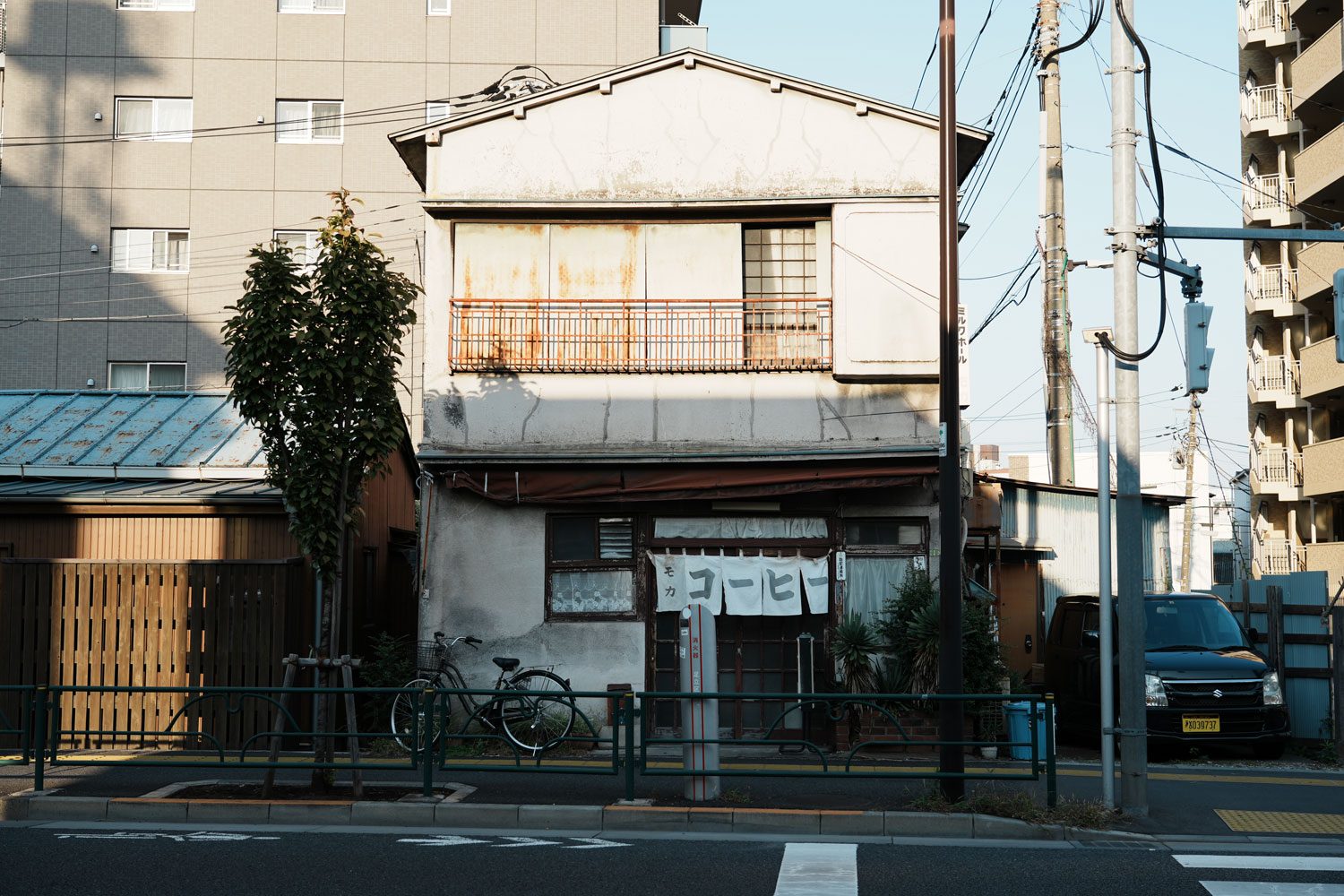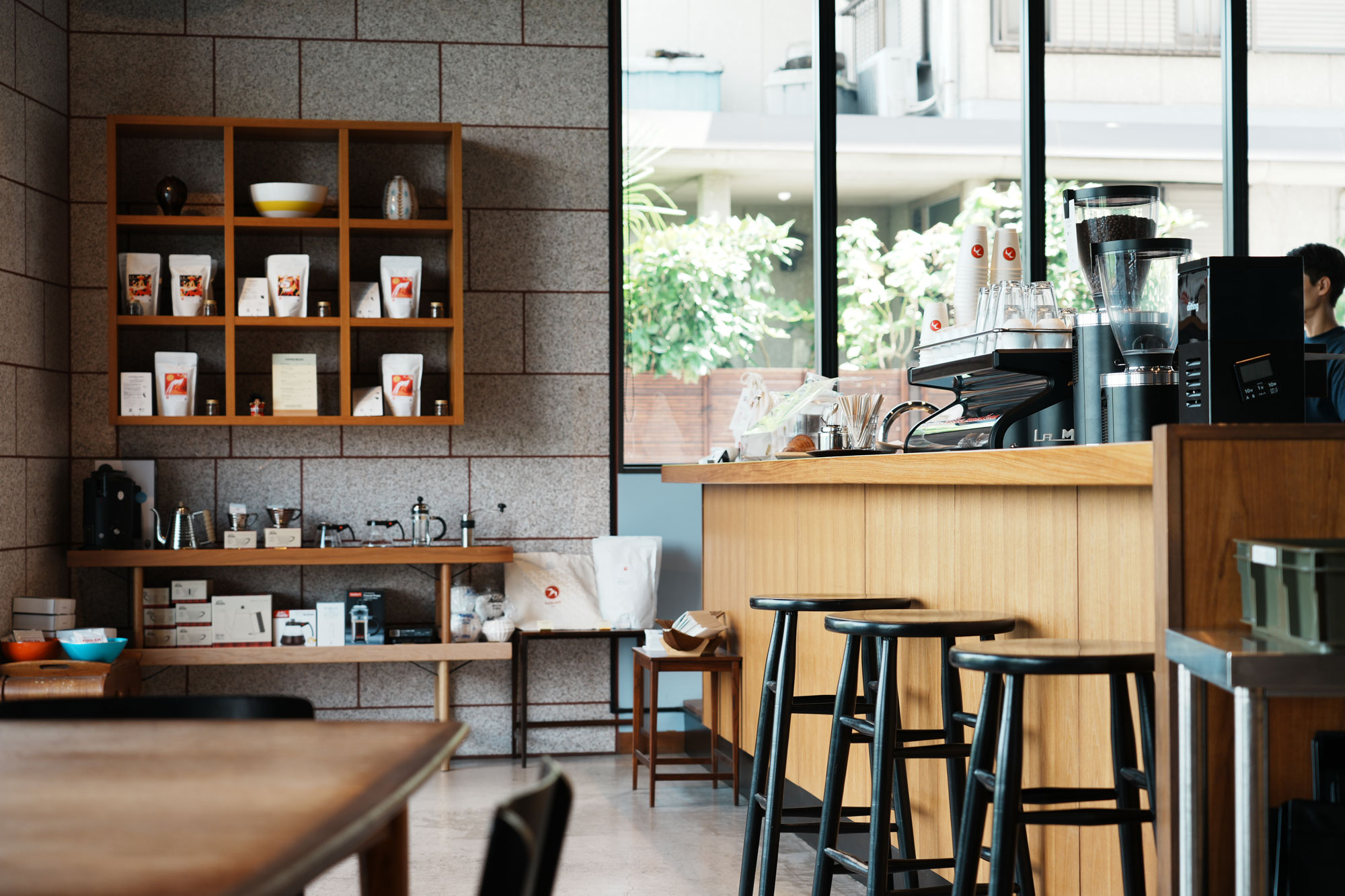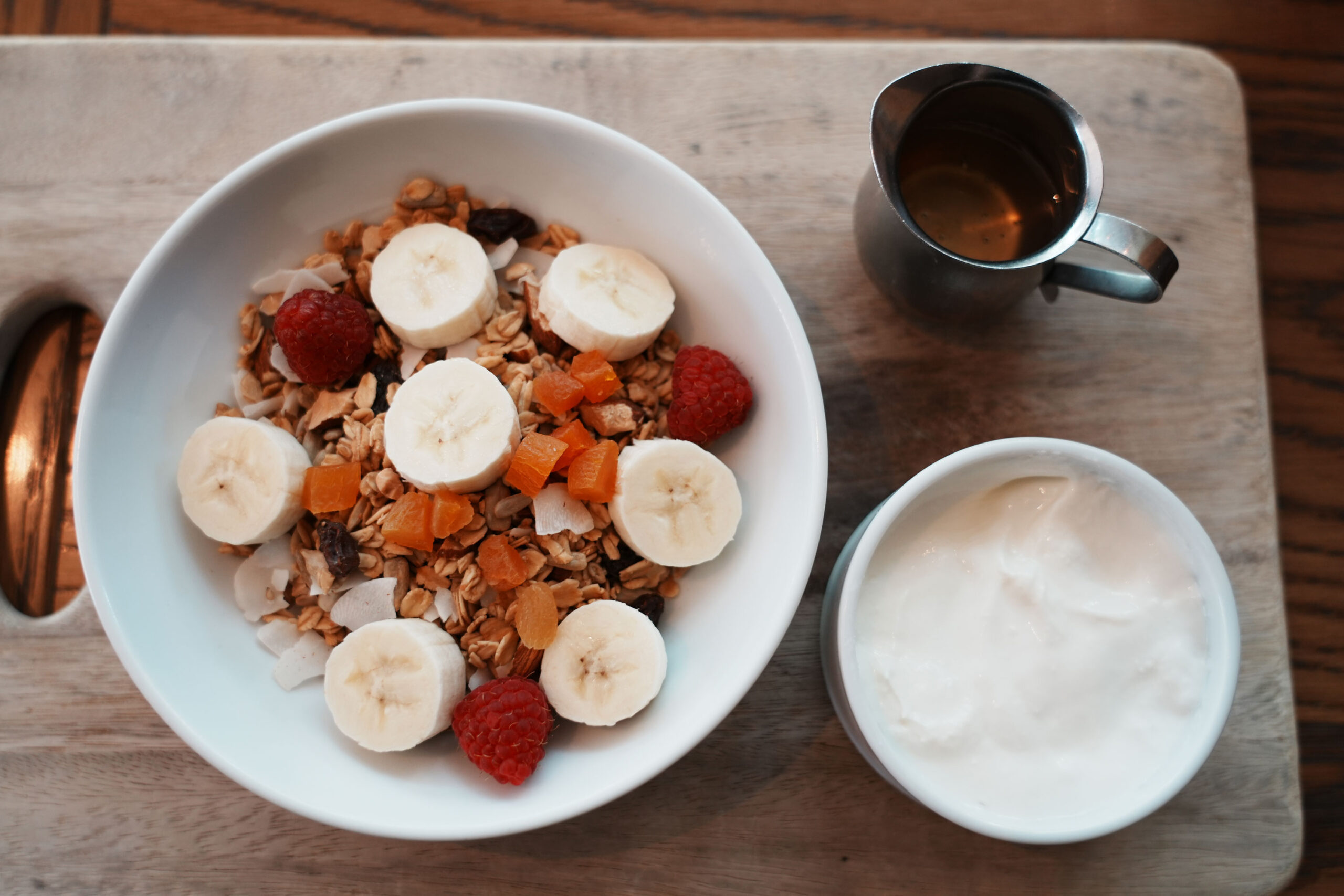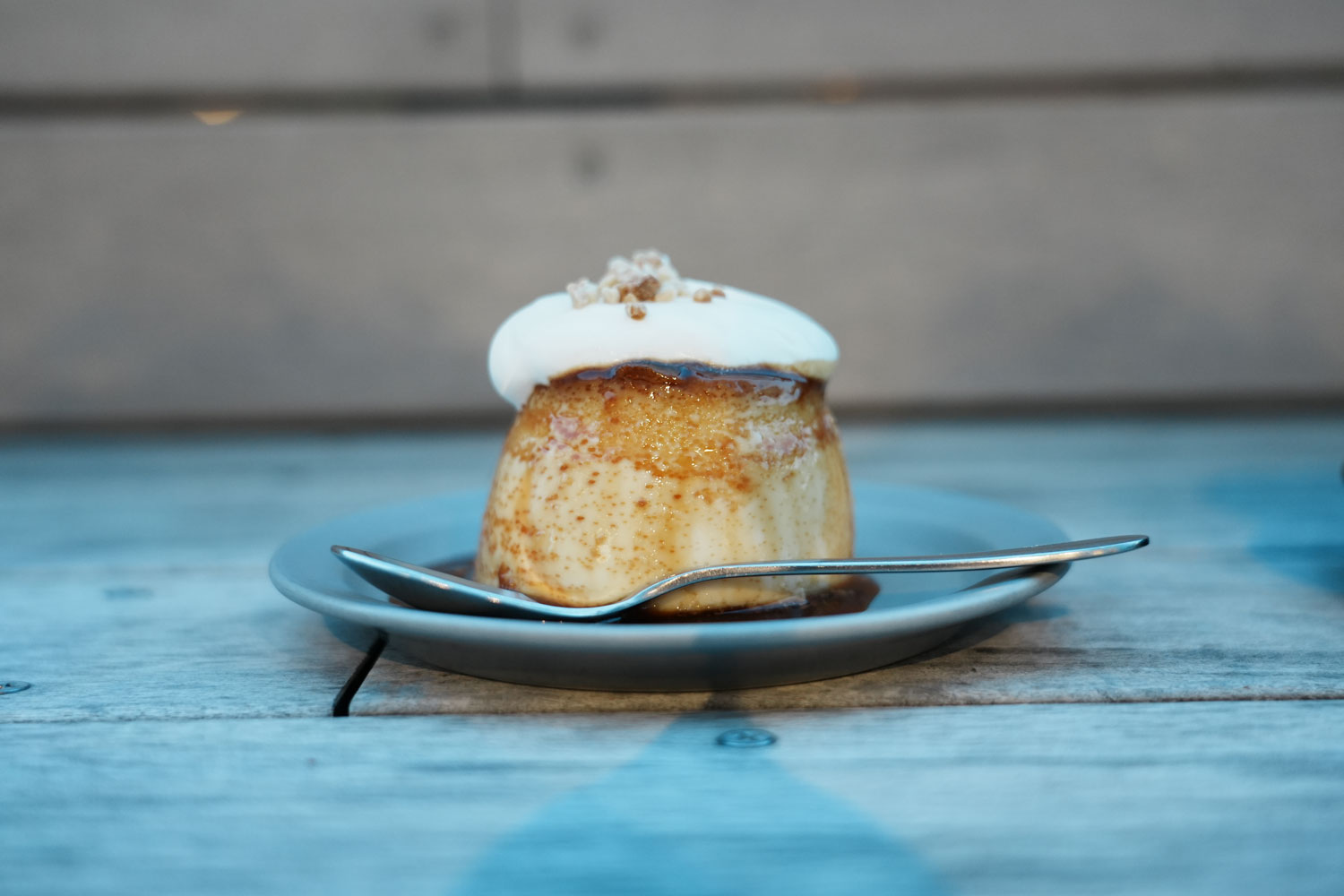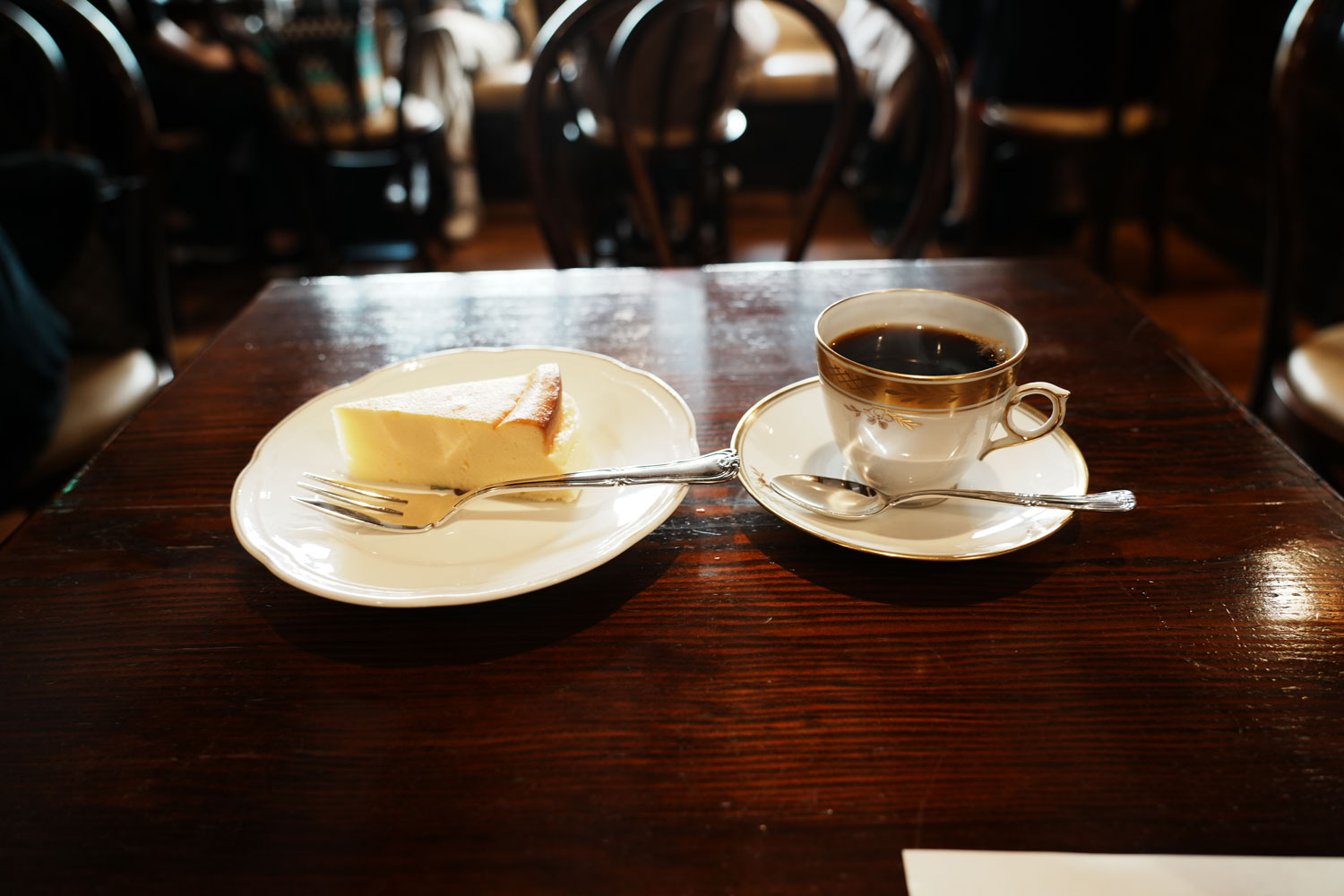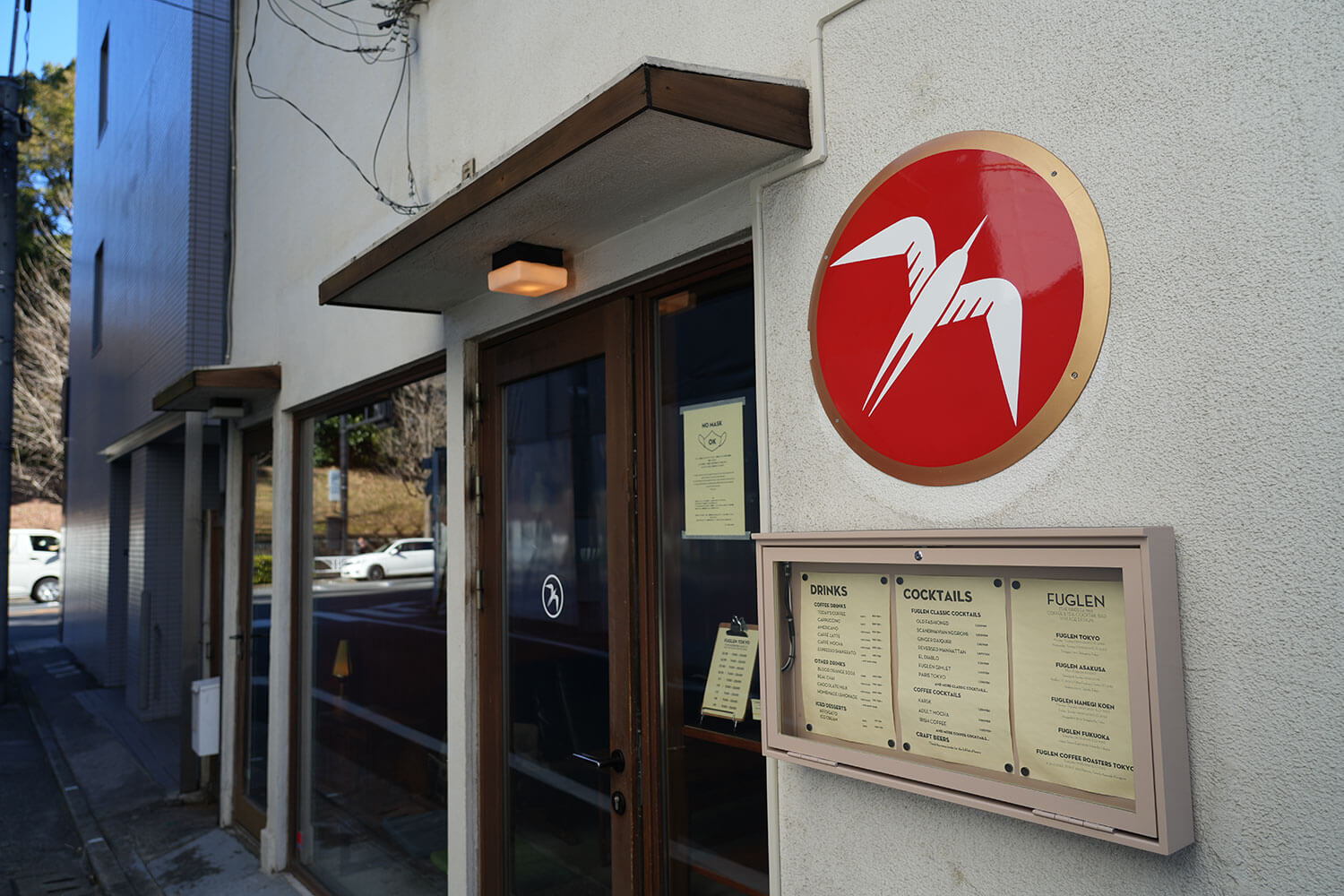コーヒーとカメラの相性はいい。それでは、コーヒー「豆」とカメラの相性はどうでしょうか。
舞台は東急東横線、綱島駅。渋谷駅と横浜駅をつなぐ路線の少し、横浜駅寄り。急行列車が停まる利便性の高い駅です。
綱島駅は東口と西口で街の景色は少し異なります。西口には商店街があり、昔ながらの店、それこそ個人経営のお店はそれなりに多いです。
東口は日吉方面に向かう間にアピタという巨大なショッピングセンターがあり、東口の地元民は1週間に1回は必ず過ごす定番スポットになっています。昔は工場が多く存在した立地らしく、それが今ではすっかり「the 住宅街」へと変貌しているのも面白い。と言っても綱島駅側の鶴見川を歩いていくと製造業の企業はまだまだ多いです。
今回、紹介するのは「コーヒー豆を綱島駅で買うならここ!!」と言うことで「ぐらんあみ」を紹介します。
綱島駅にはカフェは確かにあります。スタバ、ドトール、上島珈琲店。あと喫茶店というのも西口付近に何軒かあります。しかしながら、個人経営のカフェとかはあまりないかなと言うのが正直な感想です。あるにはあると思いますが、知らなかったらごめんなさい、あくまで印象です。
綱島という街は最近駅前の再開発を頑張っているエリアでして、綱島駅から徒歩1分の場所に「新綱島駅」という駅が新しくできます。それで今まで新横浜駅まで行くのに菊名駅というJR横浜線が通る駅で乗り換える必要がありましたが、それが解消されるんです。つまり、大阪や京都に行くのに、乗り換えが1回減るという、これはやばい。それが綱島です。
最近、元々古参の駅である東急東横線の綱島駅では駅構内のリニューアルにより、スタバができて、東急ストアが改札の前にデンと構えるようにもなり、やはり利便性がますます高くなっている街とも言えます。
元々、渋谷まで乗り換えもなく、横浜市の中では比較的東京に近いと言う立地でもあり、それでいて都内に比べると家賃も安く、家族連れが多いエリアです。
横浜にも渋谷にも近くて、鶴見川という河川敷もある、駅周辺も再開発される、素晴らしい街です。
さて、肝心の「ぐらんあみ」。西口の少し昔ながらの街並みが残るエリアにあるコーヒー豆販売店です。カフェでもなく、喫茶店でもなく、コーヒー豆販売店です。
看板が昭和感漂う。
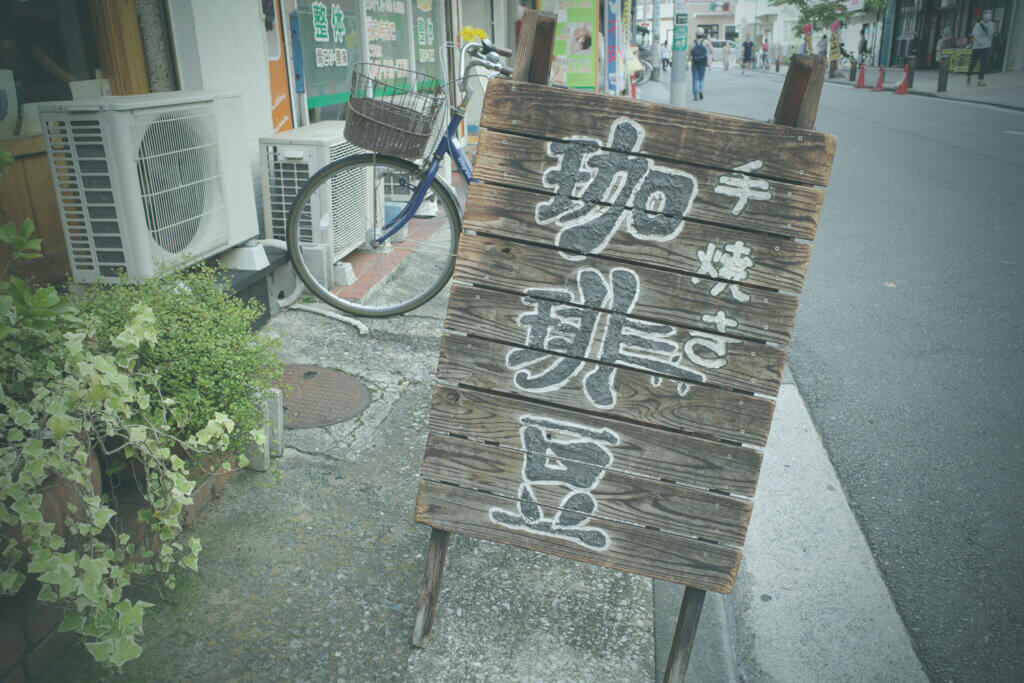
横浜って綱島だけではなくて、みなとみらいとか横浜以外は基本なぜか昭和の香りがまだ残っている気がします。東京にはもはやない昭和がまだ横浜にはある。
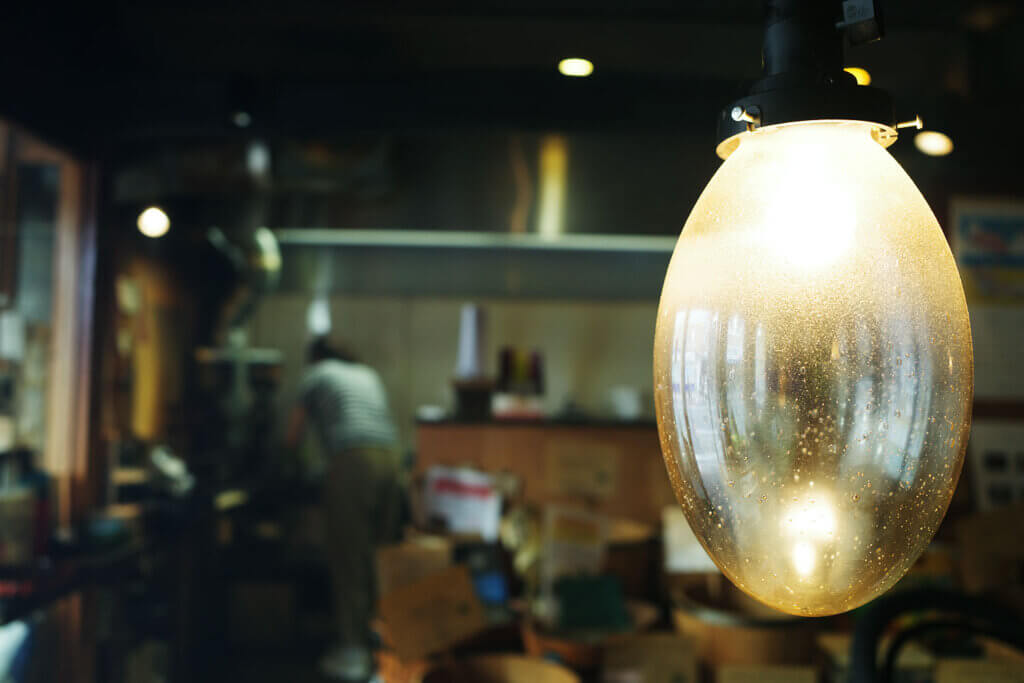
店内を撮影すればいいものの、撮影時にはいい感じに照明以外がボケたため、店内全体撮影できず。
店内に入ったら、たくさんのコーヒー豆の中から飲んでみたい豆と量を選んで、店員さんに伝えます。
それにしても豆によって全然色って違うんですね。緑色に近いものもあれば、黄色、茶色のような色をしている豆もあります。生産地によって全然違う。コーヒー豆っていろんなところから取れるんですね。
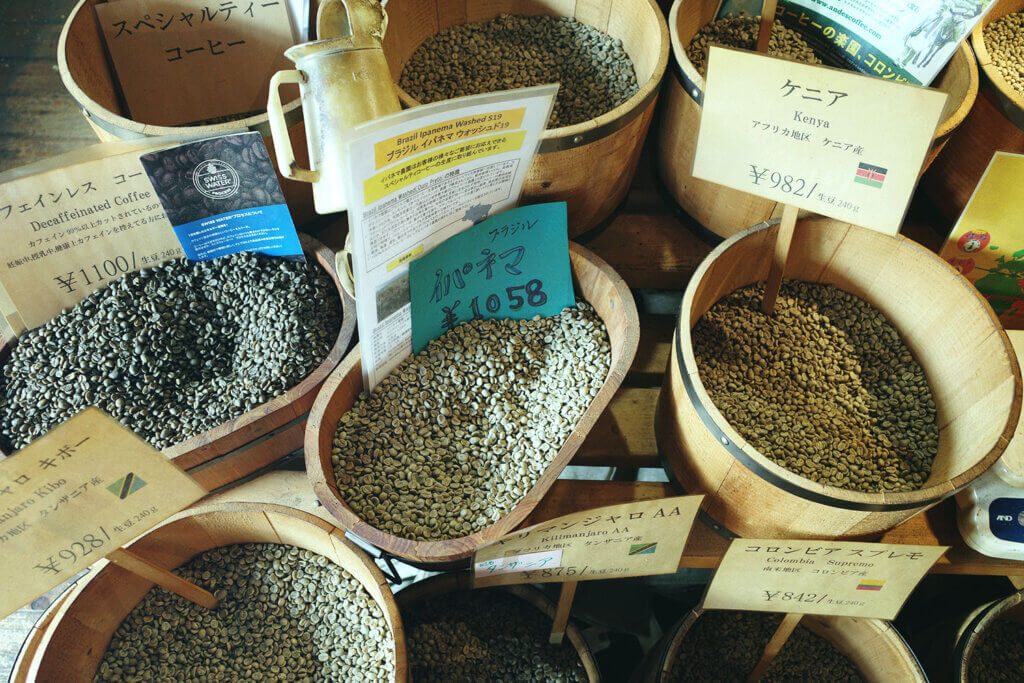
今回はカフェインレスコーヒーを選択。最近需要が大きく伸びているカフェインレス。夜コーヒーが飲みたいのであれば、眠れなくなるカフェイン入りのコーヒーではなく、これがおすすめ。
コーヒー豆の焙煎は店内で行なってくれます。注文した豆を焙煎したら、店内煙が充満。コーヒー豆の焙煎の匂いって結構特殊でやっぱり焦げ臭い。ほんの少し、本当にほんの少しだけコーヒーの匂いがします。焙煎の匂いが嗅げる店は今ではあまりないですね、そういえば。
綱島東には、地元民に大人気の名店、「大揚苑」があります。カルビやホルモン、ビビン麺をぜひ食べてほしい。
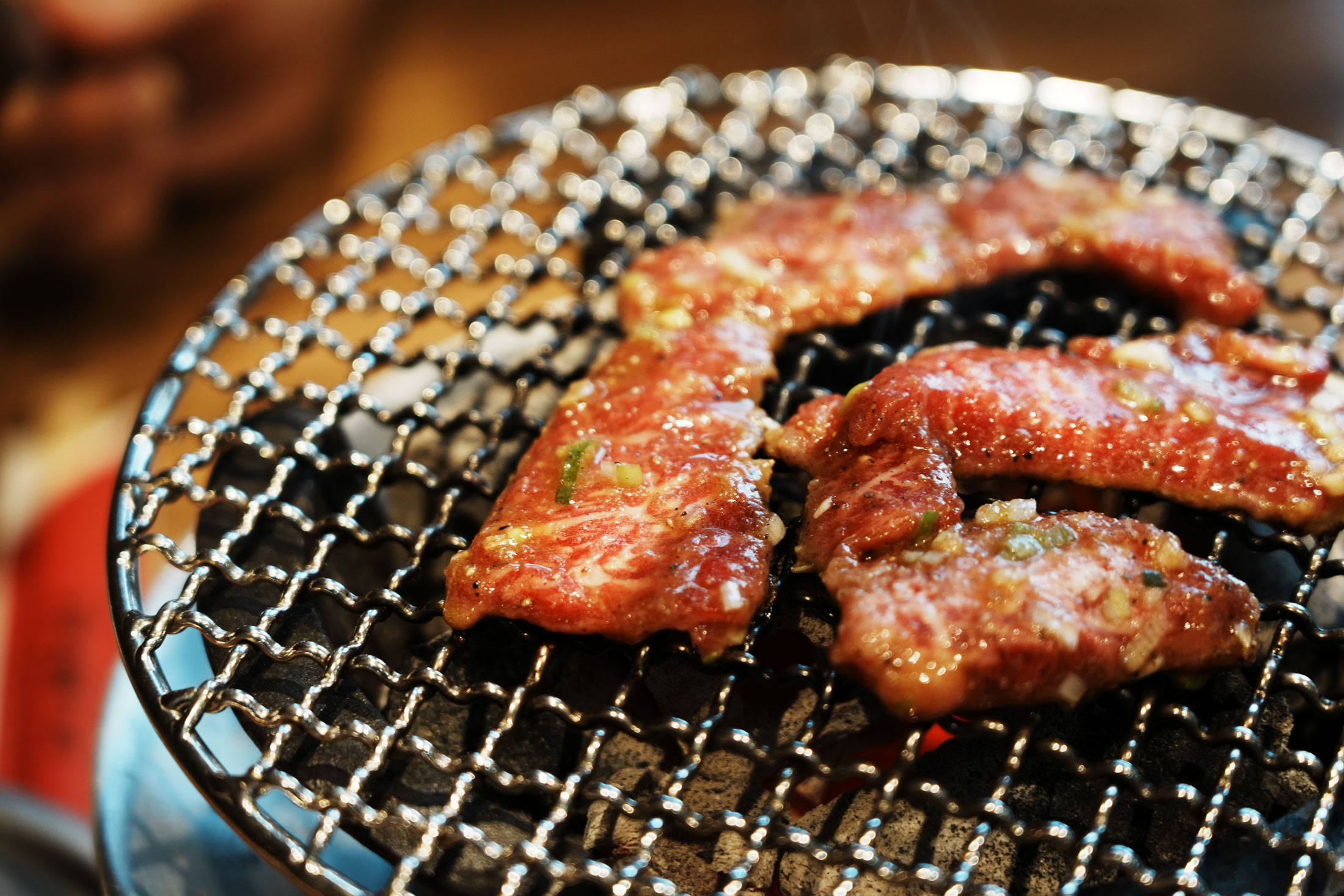
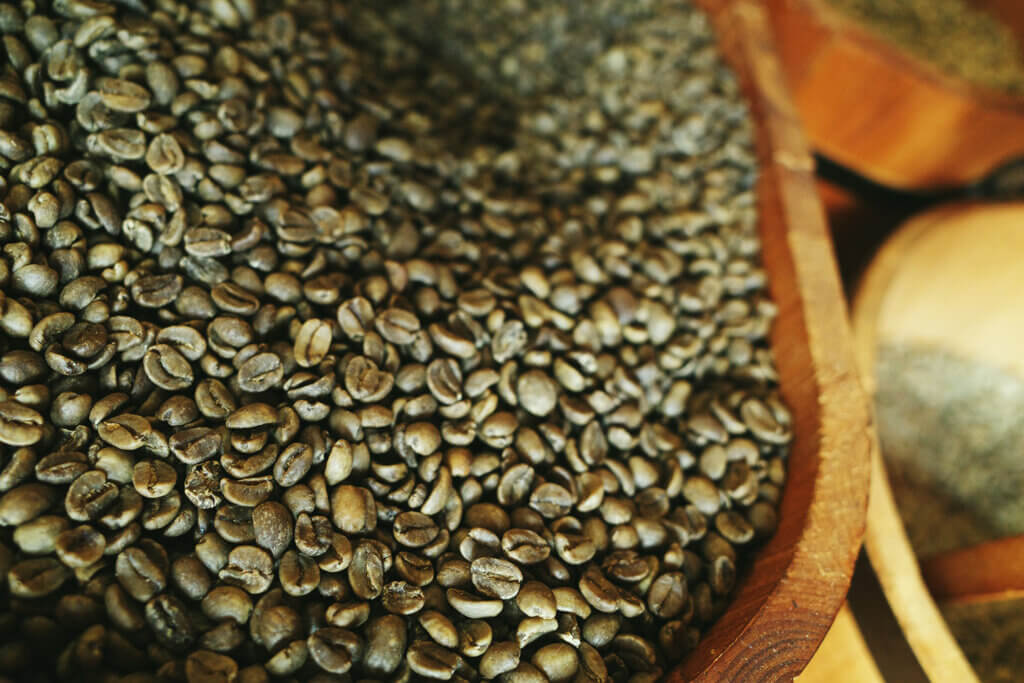
ブラジルという豆は、甘い香りが軽やかで酸味も少ないため、クセのないスタンダードなお味。
ケニアは、フルーティーなお味。
キリマンジャロは酸味が強い。
スプレモはクセが少なく、やっぱりスタンダードなコーヒー。
他にも20種類くらいは少なくともあると思われます。わからないときは店員さんが説明してくれます。
今のカフェには絶対ないであろう交換ノート。
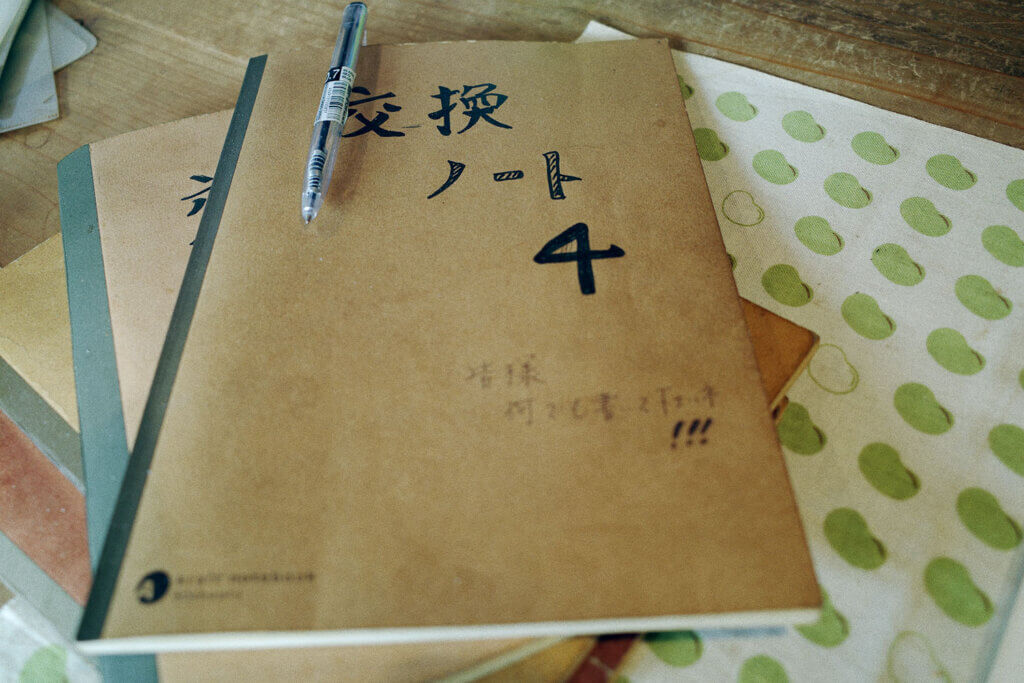
「皆様何でも描いて下さいネ!!!」という達筆な文字のとおり、本当に何でも書いてあった。書き込む人は文字の形を見る限り、女性の方がやや多い印象。
コーヒーに関する雑誌も多く、焙煎が終わるまでは席で待つこともできるので、交換ノートを書いたり、雑学本もまとめたりすることもできる。素晴らしい。
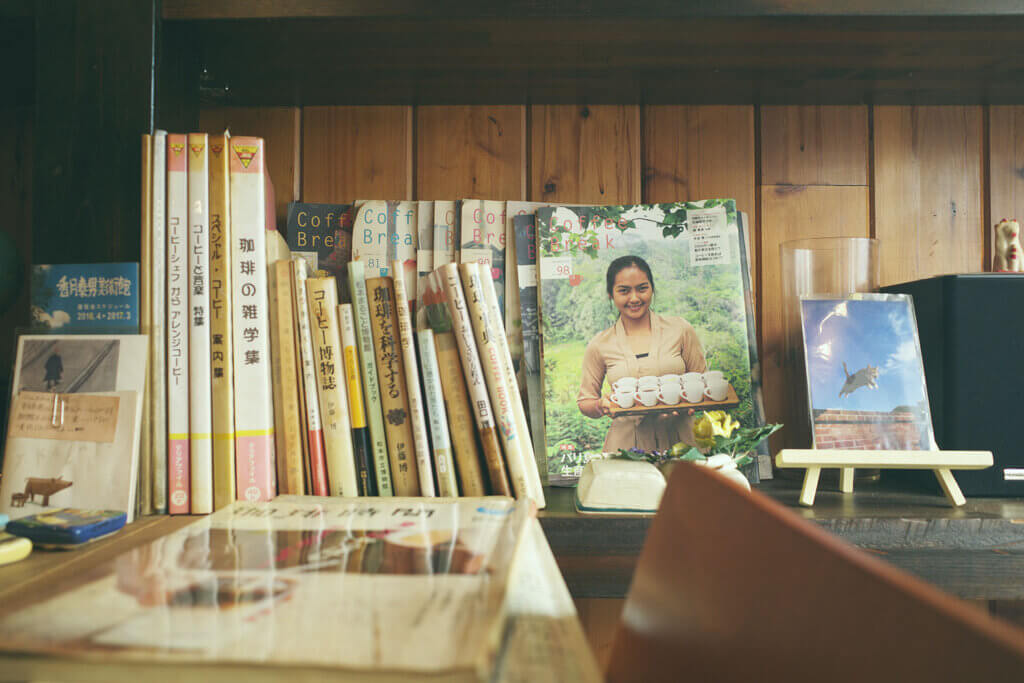
コーヒー豆はカフェで買うよりもかなり安い。それも素晴らしい。
繰り返しになりますが、綱島だけではなくて横浜全体がノスタルジーの街なんだと勝手に思っています。先ほどの交換ノートなんて東京23区のカフェで(喫茶店は知らないけれど)、今まで見たことがない。若者が見たら、交換ノートってそもそも何って話です、たぶん。
この懐かしさ、東京にはない貴重な横浜の財産であると思います。
同時に横浜駅やみなとみらい駅にあるブルーボトルが綱島駅、日吉駅、いや大倉山でもいいです。欲しいです。
Coffee and camera go well together. So what about the compatibility of coffee “beans” with the camera?
The stage is Tsunashima Station on the Tokyu Toyoko Line. A little closer to Yokohama Station on the line connecting Shibuya Station and Yokohama Station. It is a highly convenient station where express trains stop.
Tsunashima Station has a slightly different view of the city at the east and west exits. There is a shopping street at the west exit, and there are many old-fashioned shops, that is, privately run shops.
At the east exit, there is a huge shopping center called Apita on the way to Hiyoshi, and the locals at the east exit are a standard spot to spend once a week. It seems to be a location where many factories used to exist, and it is interesting that it has now completely transformed into “the residential area”. However, if you walk along the Tsurumi River on the Tsunashima station side, there are still many manufacturing companies.
This time, I will introduce “Gran Ami” by saying “If you want to buy coffee beans at Tsunashima station, here !!”.
There is certainly a cafe at Tsunashima station. Starbucks, Doutor, Ueshima Coffee. There are also several coffee shops near the west exit. However, my honest impression is that there aren’t many privately run cafes. I think there is, but I’m sorry if I don’t know, it’s just an impression.
The city of Tsunashima has recently been working hard on redevelopment in front of the station, and a new station called “New Tsunashima Station” will be built within a 1-minute walk from Tsunashima Station. So, until now, I had to change trains at Kikuna Station, a station on the JR Yokohama Line, to get to Shin-Yokohama Station, but that is no longer the case. In other words, the number of transfers is reduced by one to go to Osaka or Kyoto, which is terrible. That is Tsunashima.
Recently, at Tsunashima Station on the Tokyu Toyoko Line, which was originally an old station, Starbucks was created due to the renewal of the station yard, and the Tokyu Store can now be set up with Den in front of the ticket gate, which is also becoming more convenient. It can be said that it is a city.
Originally, there was no transfer to Shibuya, and it is located relatively close to Tokyo in Yokohama City, yet the rent is cheaper than in Tokyo, and it is an area with many families.
It is a wonderful city that is close to Yokohama and Shibuya, has a riverbed called the Tsurumi River, and the area around the station is redeveloped.
By the way, the essential “Guranami”. It is a coffee bean shop in the area where the old-fashioned cityscape of the west exit remains. It’s not a cafe, it’s not a coffee shop, it’s a coffee bean shop.
The signboard has a Showa era feeling.
Yokohama is not limited to Tsunashima, but except for Minatomirai and Yokohama, I feel that the scent of Showa still remains for some reason. Showa, which is no longer in Tokyo, is still in Yokohama.
I could take a picture of the inside of the store, but I couldn’t take a picture of the whole store because the lighting was blurred at the time of shooting.
When you enter the store, select the beans and amount you want to drink from the many coffee beans and tell the clerk.
Even so, the colors are completely different depending on the beans. Some beans are close to green, while others are yellow or brown in color. It depends on the place of production. You can get coffee beans from various places.
This time I chose caffeine-less coffee. Caffeine-less, whose demand has been growing significantly recently. If you want to drink coffee at night, this is recommended instead of caffeinated coffee that makes you sleepless.
Coffee beans are roasted in the store. After roasting the ordered beans, the store is full of smoke. The smell of roasted coffee beans is quite special and it smells burnt. It smells a little, really a little coffee. There aren’t many shops where you can smell roasting, by the way.
Brazilian beans have a light sweet aroma and little acidity, so they have a standard taste with no habit.
Kenya has a fruity taste.
Kilimanjaro has a strong acidity.
Supremo is a standard coffee with little habit.
I think there are at least 20 other types. If you don’t understand, the clerk will explain it.
An exchange notebook that you will never find in a cafe today.
As the word “Please draw anything !!!!”, it really wrote anything. As far as the shape of the letters is concerned, the number of writers is slightly more female.
There are many coffee magazines, and you can wait at your seat until the roasting is finished, so you can write exchange notes and put together trivia books. wonderful.
Coffee beans are much cheaper than buying them at a cafe. That is also wonderful.
Again, I think that not only Tsunashima but Yokohama as a whole is a nostalgic city. I’ve never seen the exchange notebook I mentioned earlier at a cafe in the 23rd ward of Tokyo (I don’t know the coffee shop). When young people see it, what is an exchange notebook in the first place, maybe.
I think this nostalgia is a valuable property of Yokohama that Tokyo does not have.
At the same time, the blue bottles at Yokohama Station and Minatomirai Station can be at Tsunashima Station, Hiyoshi Station, or even Okurayama. I want.
